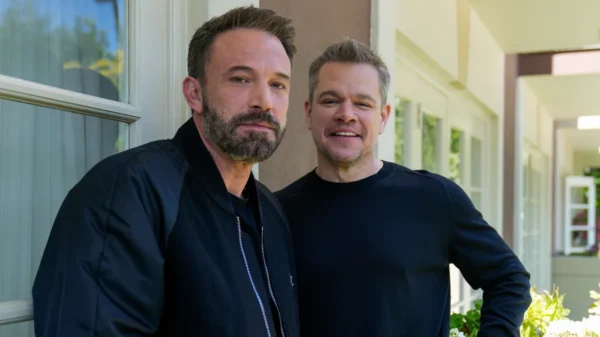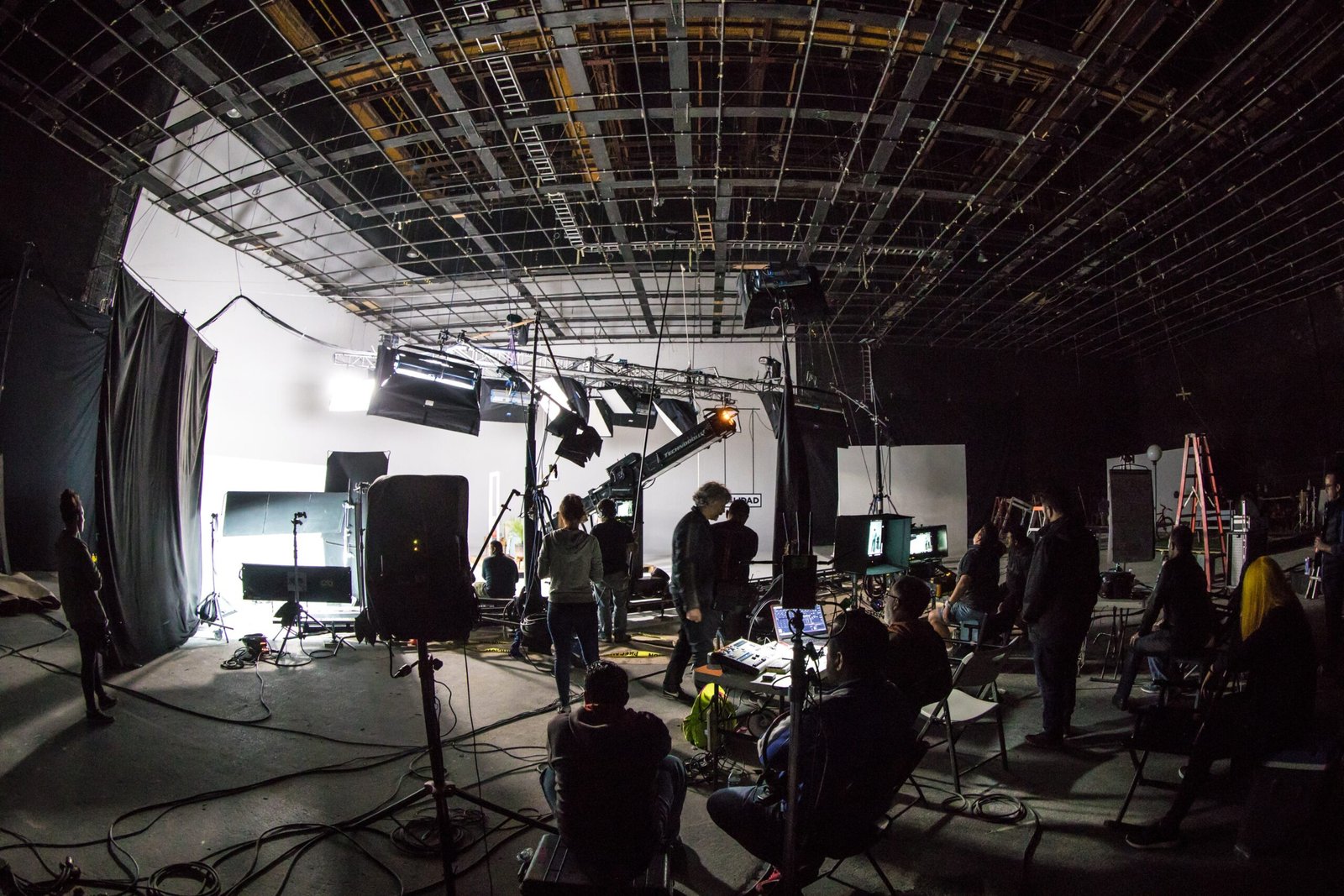Creating a film is a complex and intricate process that involves numerous stages, from the initial scriptwriting to the final production. The Oppenheimer film is a perfect example of this captivating journey. Let’s delve into the fascinating world of filmmaking and explore the various steps involved in bringing this remarkable story to the silver screen.
1. Scriptwriting
Every great film starts with a compelling script. The Oppenheimer film began with a talented screenwriter who meticulously crafted a captivating story based on the life of J. Robert Oppenheimer, the renowned physicist and key figure in the development of the atomic bomb.
The scriptwriting process involved extensive research, interviews, and collaboration with experts to ensure historical accuracy and authenticity. The screenwriter skillfully weaved together the personal and professional aspects of Oppenheimer’s life, creating a powerful narrative that would engage and captivate audiences.
2. Pre-production
Once the script was finalized, the pre-production phase began. This stage involved assembling a team of talented individuals, including a director, producer, cinematographer, and production designer, among others. The team worked closely together to plan and prepare for the upcoming production.
During pre-production, the filmmakers scouted locations, created storyboards, and developed a detailed production schedule. They also cast the actors who would bring the characters to life, carefully selecting individuals who could embody the essence of J. Robert Oppenheimer and the other key figures in the film.
3. Production
With the script in hand and the pre-production phase complete, it was time to bring the Oppenheimer film to life. The production phase involved shooting the scenes, capturing the performances, and creating the visual and auditory elements that would make the film come alive.
The director worked closely with the cinematographer to determine the visual style and aesthetics of the film. The production designer meticulously crafted the sets and props, ensuring they accurately reflected the time period and the story’s context.
Actors delivered their lines, immersing themselves in the characters they portrayed. The crew worked tirelessly behind the scenes, handling lighting, sound, and other technical aspects to ensure the highest quality production values.
4. Post-production
Once filming was complete, the Oppenheimer film entered the post-production phase. This stage involved editing the footage, adding visual effects, and enhancing the audio to create a seamless and captivating final product.
The editor carefully reviewed all the footage, selecting the best takes and arranging them in a cohesive and engaging manner. Visual effects artists added any necessary special effects, such as explosions or historical recreations, to enhance the storytelling.
The sound team worked diligently to create a rich and immersive audio experience, adding dialogue, music, and sound effects that would enhance the emotional impact of the film. The final touches were added, including color grading and title sequences, to complete the cinematic experience.
5. Distribution
With the Oppenheimer film now complete, the final step was distribution. This involved finding a distributor who would bring the film to theaters or secure a streaming platform for its release. Marketing and promotional efforts were undertaken to generate buzz and attract audiences to experience this remarkable story.
The film was released, and audiences were captivated by the incredible journey of J. Robert Oppenheimer. The hard work and dedication of the entire filmmaking team paid off as the film received critical acclaim and resonated with audiences around the world.
In conclusion, the journey of the Oppenheimer film from script to screen is a testament to the dedication and skill required to bring a story to life. The collaborative efforts of the screenwriter, director, cast, and crew resulted in a captivating cinematic experience that educates, entertains, and inspires audiences. The next time you watch a film, take a moment to appreciate the incredible journey it took to reach the silver screen.


































